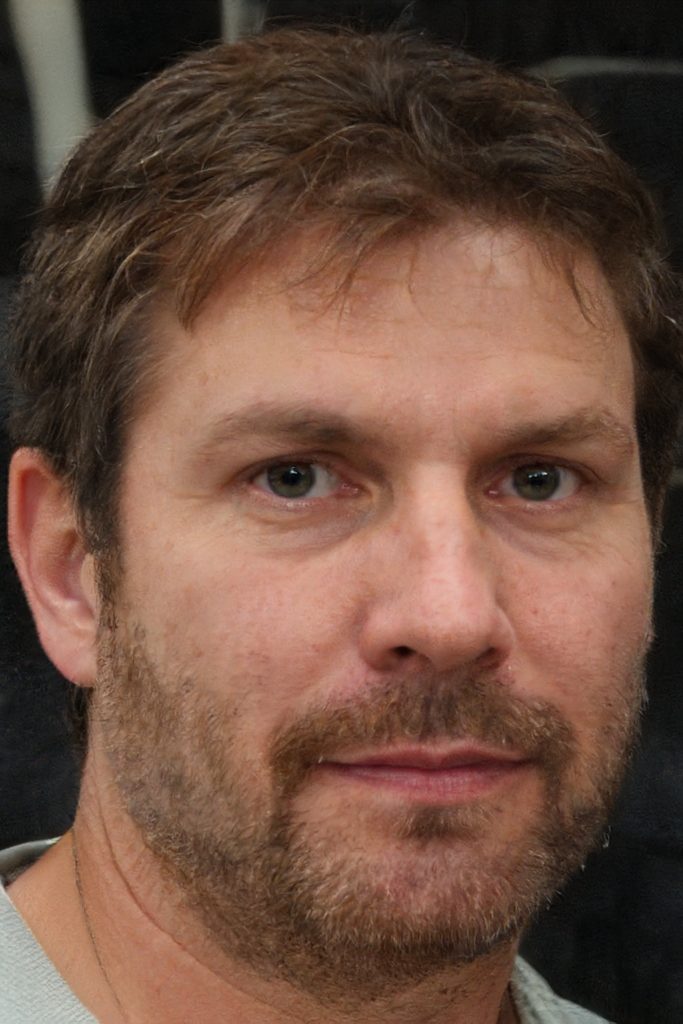The Continuity And Change Of Nuclear Policy
Star Wars and Raegan’s Star Wars Defense Initiative, the fall of Berlin Wall and fall of Soviet Union have all been a part of history.
World War II ended with many wars being fought differently. World War I brought about a change in the way wars were fought. From battles in the field to the invention of conventional and bomb weapons that boosted the economy, the new ways of fighting wars caused political and economic uncertainty. As we move back into World War II there was a growing concern from Western leaders that the Soviets would be gaining in strength. This was true especially for the U.S. as the Manhattan project costed them over 3 billion tax dollars. They had a good claim to use the bombs against Japan.
The end the Second World War changed forever the way we treat weapons of destruction. After Hiroshima & Nagasaki the atomic weapons were only used to end one part of World War II, but they are now used as deterrence by both the U.S. & the Soviets.
Before Hiroshima, Nagasaki and the other bombings in the Pacific, there were 36 million deaths. This includes those directly and indirectly affected.
There was a new order in the world after Hiroshima, when World War II ended. Two major powers were vying for dominance. This increased use led to the Cold War as well as the massive increase of defense spending and nucleonic technologies. The United States and other nations were then prompted to draft nuclear safety policies to help reduce the risk of nuclear destruction. This was met with some skepticism by many, but with the drafting of these policies came the creation of first nuclear security policies.
The narrative has changed slowly but surely, as John F Kennedy stated before the Cuban Missile Crisis.
“Everyone on the planet has to think about a day when it is possible that our planet will cease to be habitable. Each person, whether man or woman, is living under a nuclear Damocles. The sword hangs from the thinnest of lines, ready to be cut at a moment’s notice by an accident, misunderstanding, or even madness. “We must abolish the weapons of war before they eliminate us.”
The Bay of Pigs Invasion and the Cuban Missile Crisis changed the position of the United States. They were seen as a threat to world peace and aggression by the White House.
Kennedy’s Cuban policy has also drawn criticism. His disastrous effort to overthrow Fidel Cuba during Bay of Pigs embarrassed the White House. Cuba was also alienated. Historians have blamed Kennedy as the cause of the missile crisis. They claim he alienated Cuba, made the Soviet Union look weak and inexperienced, and was a bad example.
This new development brought Medium Range Ballistic Missiles to within striking distance of our country, which caused fear in many civilians and even our president. John F Kennedy was given a fresh perspective by the nuclear embargo. It brought Armageddon to the doorsteps of the entire world.
Raegan’s actions led to the development of new technologies that were used to combat the Soviets. This included the “Star Wars Laser” Protection, which many considered a breakthrough in terms of technology for defending American soil. However, many also resisted as these technologies were seen as dangerous and unsustainable for world peace by both civilians and Soviets. A policy was developed to prevent further technological development and possibly share this tech with the Soviets to create an equal balance of power. One would not be in the lead or behind.
Reagan was unwilling to give up SDI even though the topic was frequently brought up in negotiations between Gorbachev and Reagan. Reagan suggested at Geneva to reduce the nuclear arsenals of both sides by 50%. However, he was unwilling surrender SDI. Reagan also offered SDI to the Soviet Union once more, but not all of Reagan’s advisors endorsed the idea.
The fall of Berlin Wall and, shortly after, the collapse of Soviet Union brought a drastic change to world safety, including massive ratifications and creations of new nuclear agreements like Start I NPT, which was agreed by both the United States as well Russia.
“Bilaterally Ratified Treaty Between the U.S.S.R. and the U.S.S.A. which required that all missiles having ranges of between 625-3,500 miles be eliminated by June 1, 1992, and missiles within ranges of 300-625 miles in 18 months. Total 2,692 missiles had to be destroyed. All equipment and bases associated with INF missile systems were also shut down. In total, 846 U.S. INF systems and 1,846 Soviet INF systems were eliminated. Monitoring compliance is done using five types of inspections on site, as well as cooperative measures. The INF Treaty represents the first nuclear arm control agreement which actually reduces nuclear weapons, instead of establishing ceilings.”
The deal, with its new cap on the nuclear technology developed between foreign nations who signed it, kept the United States out of a collision track with the Soviet Union. And this peace was what many international peacekeeping groups had sought for years.
Obama’s new foreign policy and rhetoric has led to a shift in support for international states, which will naturally reduce the number of WMDs. This is because the United States can have an arsenal in any country that belongs to an alliance. There is a growing opposition to nuclear weapons among civilians, due to the widespread destruction of nuclear tests and the use of these weapons in conventional warfare.
The Future of Nuclear Policy is in the hands of leaders who are not concerned about the consequences and terrorists groups. Weapons of Mass Destruction have been used to defend and, in one instance, to attack throughout the history of mankind. But as the different examples show, the nuclear policy of the past has changed just enough for it not to be completely banned.


